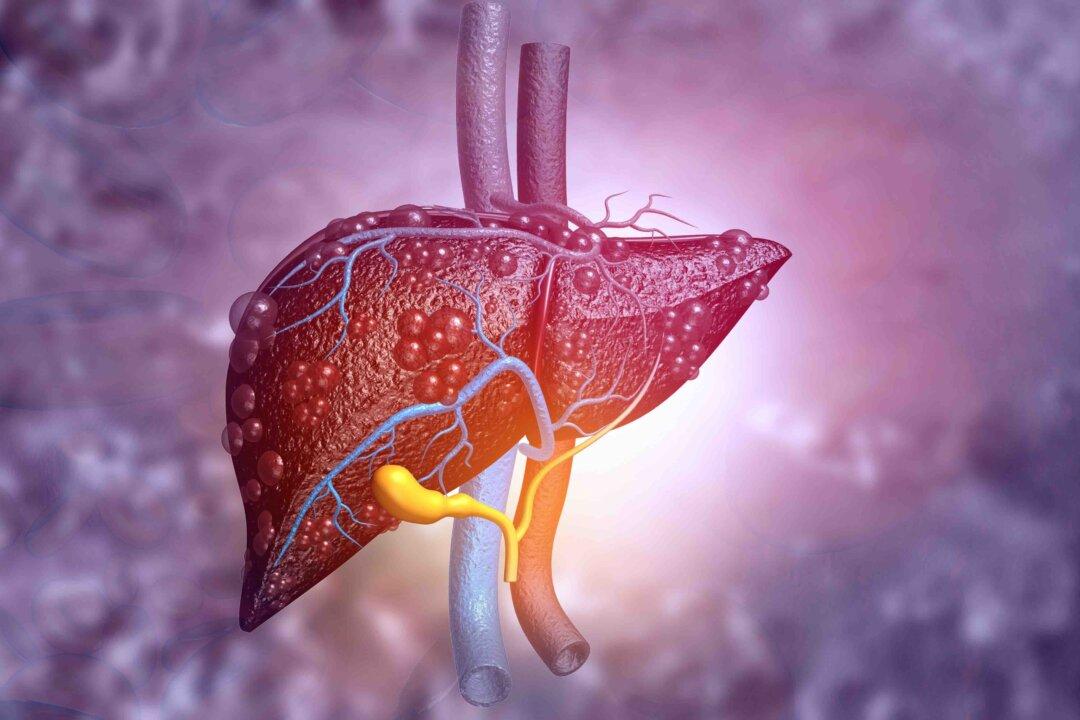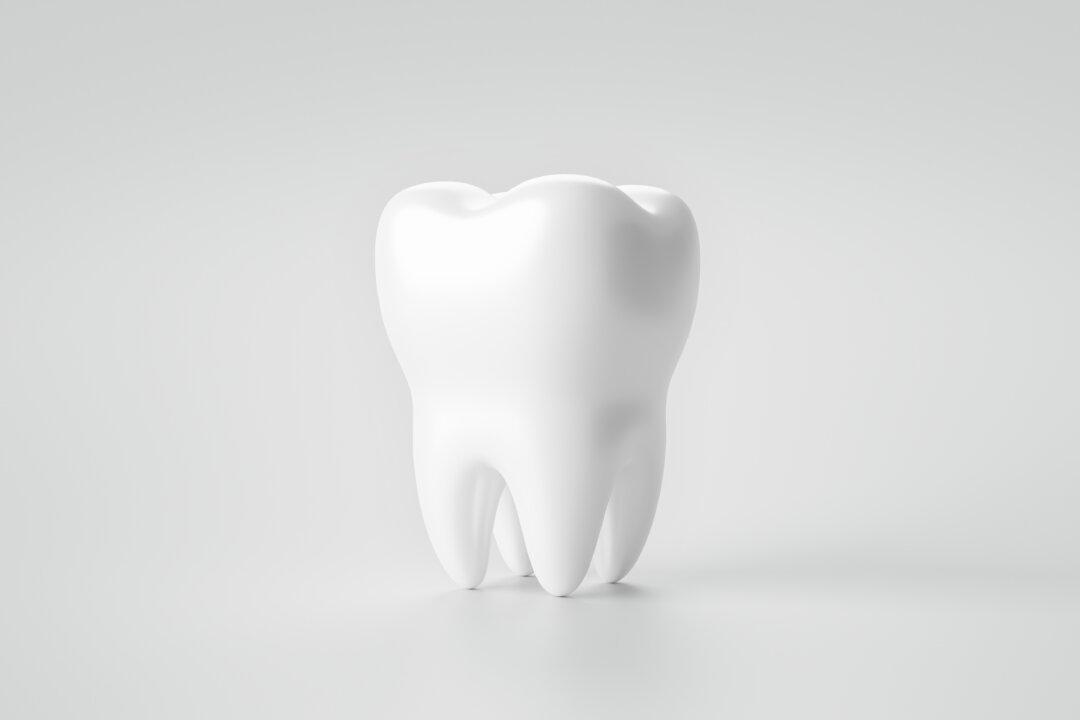A new study from the University of Gothenburg in Sweden has found that both moderate and strenuous exercise may alleviate anxiety symptoms. Researchers believe that even when the disorder is chronic, exercise can play an essential role in helping to reduce the symptoms of anxiety.
Published in the Journal of Affective Disorders, the study was based on 286 patients with anxiety. All patients were recruited from primary care services in Gothenburg in the northern part of Halland county. Half of the participants had lived with anxiety for at least 10 years, 70 percent were women, and their average age was 39.





